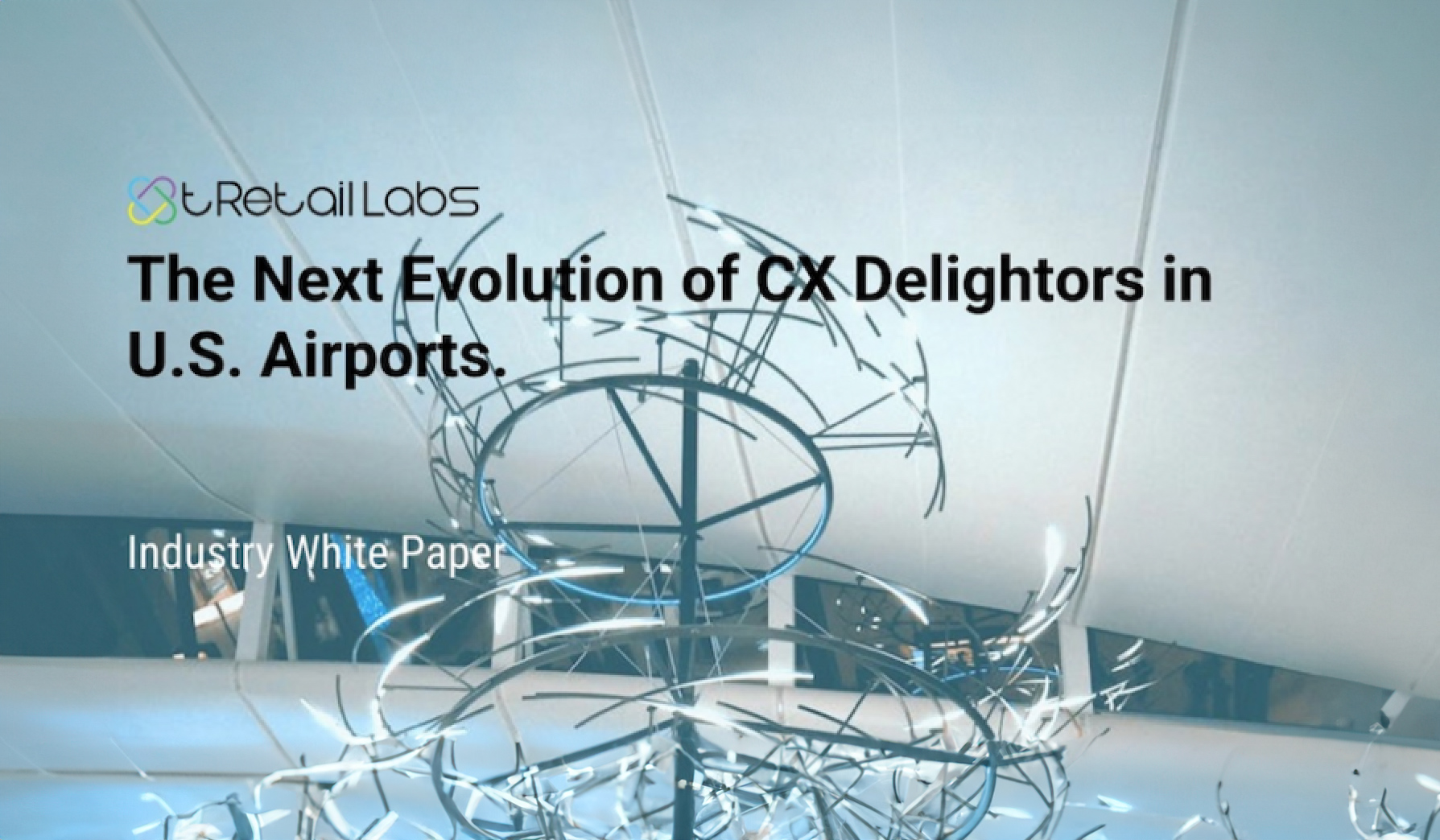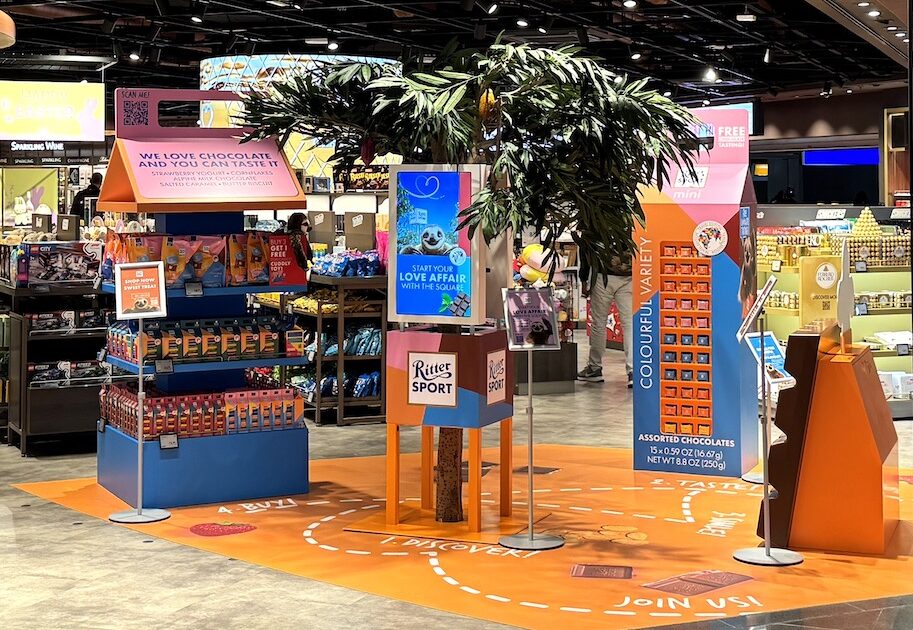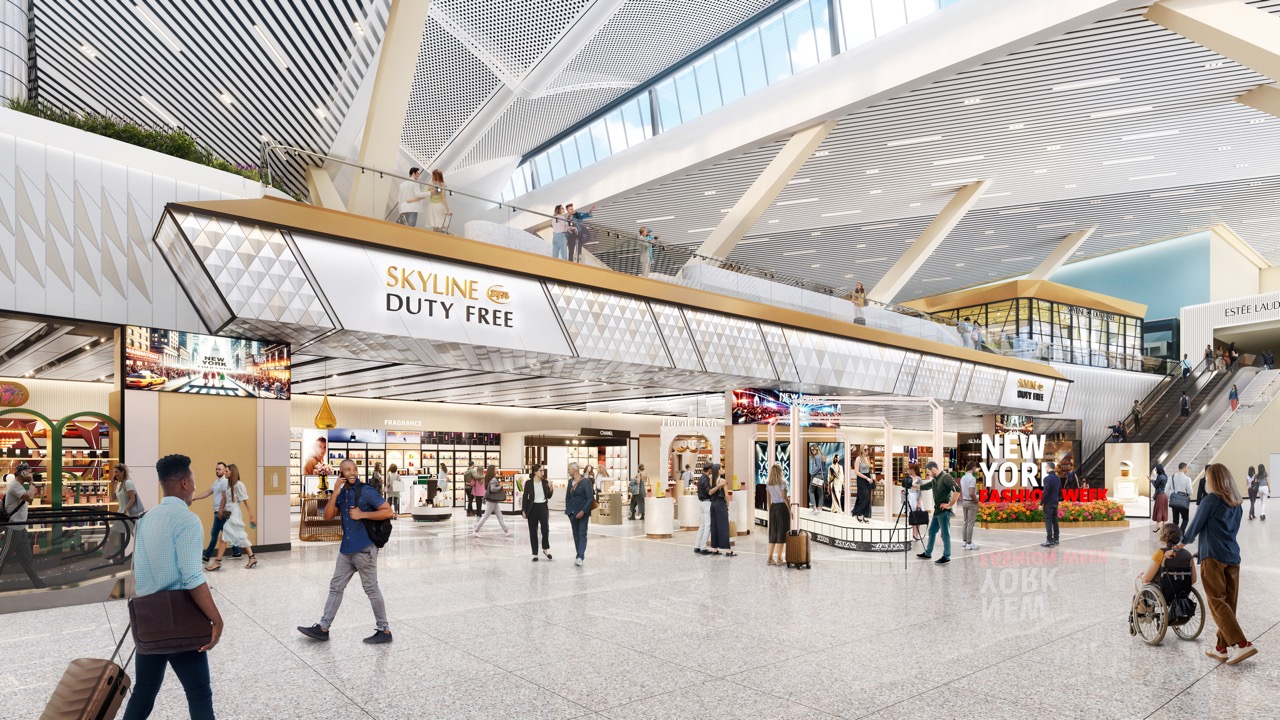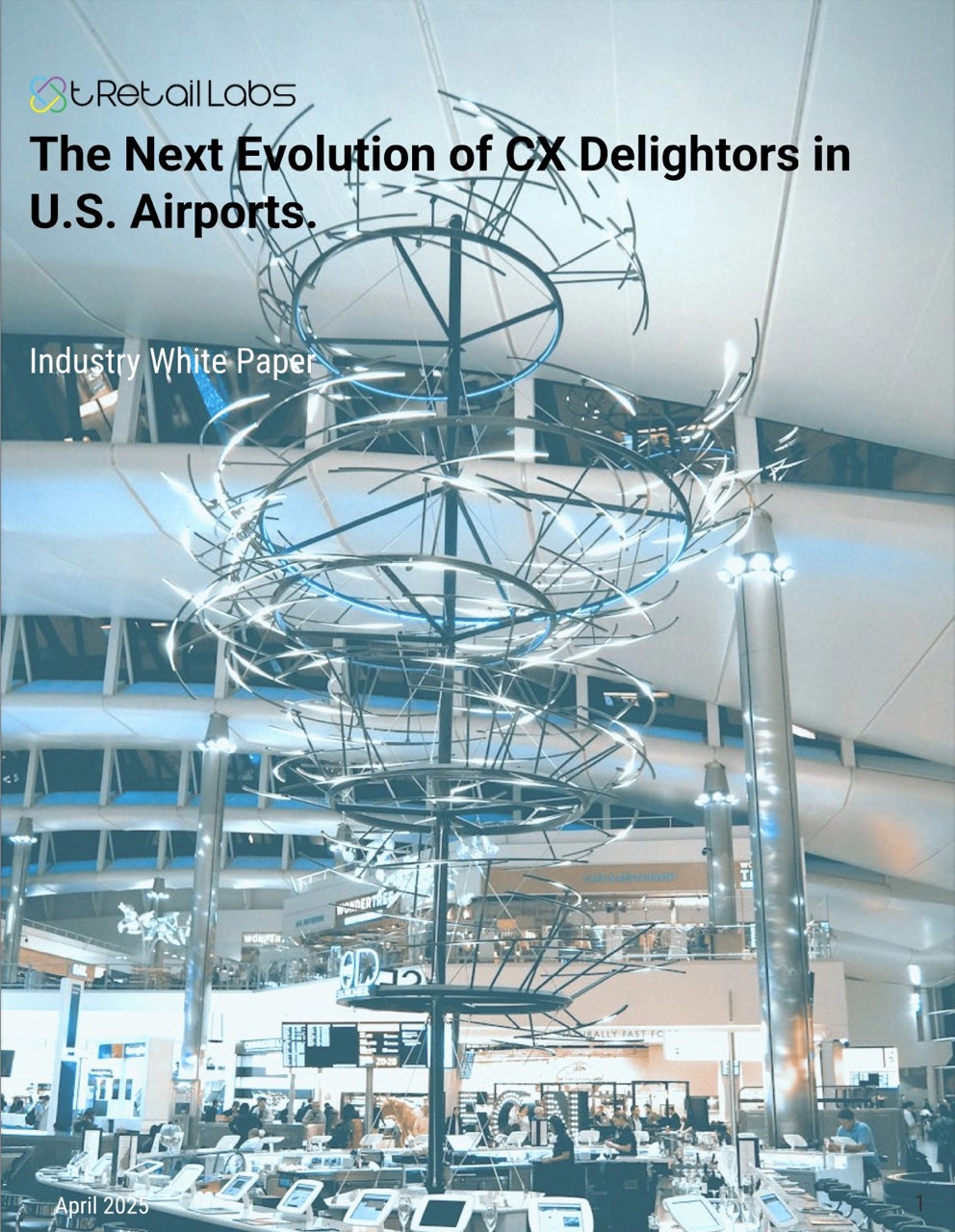 Retail technology specialist and analytics company tRetail Labs has released a white paper titled ‘The Next Evolution of CX Delightors in US Airports’.
Retail technology specialist and analytics company tRetail Labs has released a white paper titled ‘The Next Evolution of CX Delightors in US Airports’.
Co-authored by tRetail Labs CO Sushanta Das and Professor Thorsten Merkle from Zurich University of Applied Sciences, the study outlines how ‘traveller delight’ can be mapped, measured and translated into long-term commercial performance.
It introduces a new framework that goes beyond traditional customer satisfaction metrics to focus on emotional intelligence and personalisation.
The authors noted: “In today’s evolving aviation landscape, delivering memorable airport experiences is no longer just about efficiency—it’s about emotional connection. As global airports race to enhance non-aeronautical revenues and reimagine passenger journeys, understanding the why behind traveller behaviour has become a strategic imperative.”
Built on a survey of 1,300+ travellers across three major US airports, the research combines the proprietary CX Delightors model with an academic Airside Consumption Model to map how emotional states—which they dubbed AirsideEnjoy, AirsideFear and AirsideStress—influence consumer decisions at different touchpoints.
By correlating these emotional states with spend behaviours, outlet preferences and experience attributes, the framework reveals how airports can design smarter environments, optimise resource allocation and create intentional ‘Emotion-to-Spend’ pathways, said the authors. The result empowers airport commercial and experience teams to not just react to traveller needs—but predict and exceed them, they claimed.
tRetail Labs officially released the white paper at Passenger Terminal Expo 2025 in Madrid last week. It was flagged in a story on our platforms last month.
The co-authors, plus Airport Restaurant & Retail Association Executive Director Andrew Weddig – who is closely involved in the study’s development – spoke with The Moodie Davitt Report President Dermot Davitt about the research and its real-world implications.
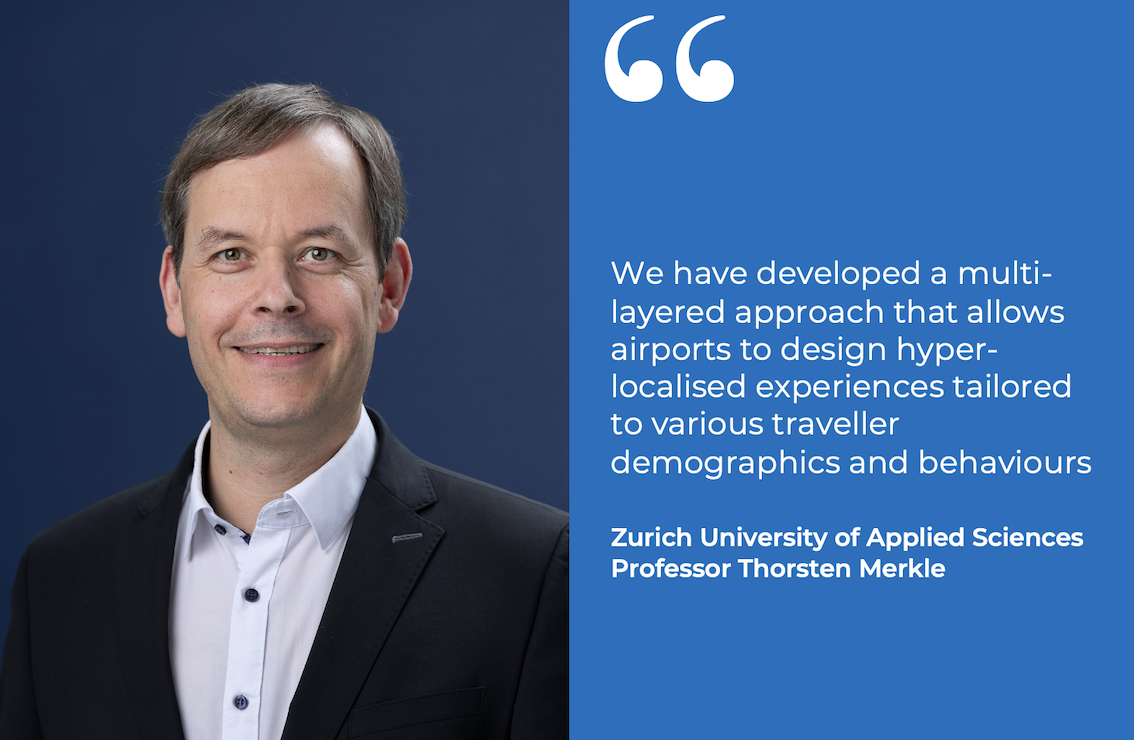
Professor Thorsten, could you provide an overview of the research presented in your latest white paper?
Thorsten Merkle: Our research focuses on understanding the emotional states of travellers—specifically, AirsideEnjoy, AirsideFear and AirsideStress—and how these emotions influence their behaviour and spending patterns in airport environments.
By integrating the CX Delightors framework with the Airside Consumption Model, we have developed a multi-layered approach that allows airports to design hyper-localised experiences tailored to various traveller demographics and behaviours.
Andy, from your perspective at ARRA, why is this research particularly relevant for airports today?
Andrew Weddig: In the current landscape, airports are under increasing pressure to enhance non-aeronautical revenues while simultaneously improving passenger experiences. This research provides actionable insights into the emotional drivers of traveller behaviour, enabling airports to move beyond traditional satisfaction metrics and adopt strategies that resonate on a deeper emotional level.
Such an approach is crucial for creating environments that not only meet—but exceed—traveller expectations, thereby fostering loyalty and increasing spend. Most importantly, price is not the only determining factor.
Sushanta, could you elaborate on how airports can practically apply this framework to optimise traveller engagement and revenues?
Sushanta Das: For me, research has to serve a purpose—it must lead to real, measurable business outcomes. This framework wasn’t built to sit on a shelf; it was designed to be embedded directly into commercial strategy.
At tRetail Labs, we’re now integrating the CX Delightors and Airside Consumption Model into nrtureAI, tRetail Labs’ proprietary AI-driven CX platform. By superimposing real-time sentiment analytics onto POS transaction data, airports can identify patterns and correlations between emotional states and spending behaviours.
This allows for segmentation by terminal, category, cuisine and traveller demographic, facilitating hyper-localised experience design. For instance, if data reveals that travellers experiencing AirsideStress prioritise speed of service, airports can adjust staffing and streamline operations in specific areas to cater to this need—enhancing satisfaction and encouraging spending in the process.
We’ll be formally launching the nrtureAI platform around the FAB+ Conference in June, where we’ll demonstrate how this intelligence can unlock practical, revenue-generating actions for across the passenger journey. So watch this space.
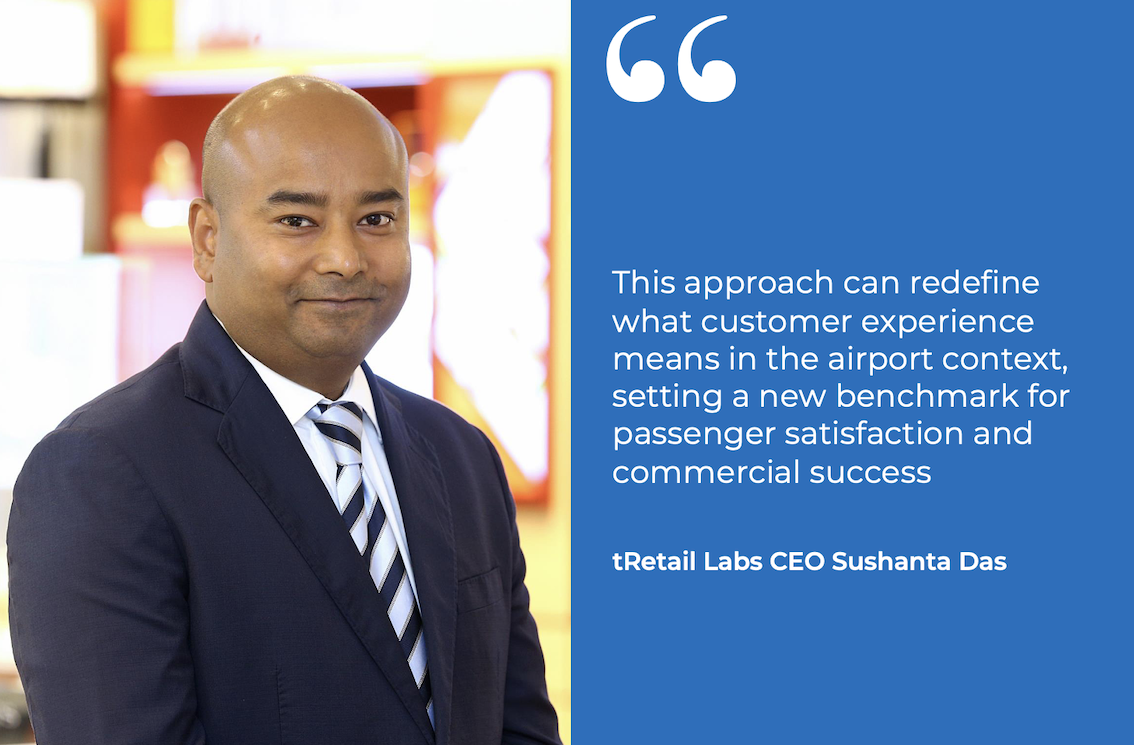
Prof Thorsten, can you shed more light on the concept of ‘Emotion-to-Spend Pathways’?
Thorsten Merkle: ‘Emotion-to-Spend Pathways’ refers to the strategic alignment of airport environments and services with the emotional states of travellers to facilitate engagement and revenue.
By identifying and addressing emotional blind spots—areas where traveller engagement is low due to unmet emotional needs—airports can implement targeted interventions. This might include redesigning spaces, curating specific retail or F&B offerings, or enhancing ambiance to evoke emotions that drive spontaneous or intentional spending.
Andy, how do you see this research influencing future strategies for airport commercial teams?
Andrew Weddig: This research underscores the growing importance of emotional intelligence in commercial strategy.
Airport commercial teams can leverage these insights to move beyond transactional interactions and foster deeper, more meaningful connections with travellers.
 By understanding and responding to emotional drivers, airports can design experiences that drive spend, increase dwell time and build long-term brand loyalty.
By understanding and responding to emotional drivers, airports can design experiences that drive spend, increase dwell time and build long-term brand loyalty.
Especially in the US context, where we arguably believe that the street pricing policies solves all traveller related issues, the CX Delightors model will help create balance between real traveller engagements and revenue generation.
Sushanta Das: The integration of emotional analytics into operational strategy represents a significant shift for the industry. It calls for a more holistic understanding of the passenger journey, where emotional well-being is evaluated alongside operational efficiency.
This approach can redefine what customer experience means in the airport context, setting a new benchmark for passenger satisfaction and commercial success.
For an exploratory discussion on how the research can help your airport commercial and CX strategies, please contact Sushanta Das at sushanta.das@tretaillabs.com
Access the White Paper
The Industry White Paper, Effects on Customer Satisfaction of Street Pricing Policies in US Airports, is now available. Click here to sign up and receive your copy of the full report, or access it via the QR code above.
*The Moodie Davitt Report, in partnership with tRetail Labs, recently released a series of seven extensive Airport Food & Beverage Market Intelligence Reports. These include market-size estimation of the various dining categories and formats that make up the airport F&B business, including restaurants, bars, cafés, fast-food outlets and more. The reports go into detail on average spend by category and the airports leading the market in each region.
For details and pricing, please contact Research Director Jessica Allerton at jessica@moodiedavittreport.com. ✈
Note: The Moodie Davitt Report publishes the FAB Newsletter, which features highlights of openings, events and campaigns from around the world of airport and travel dining.
Please email Kristyn@MoodieDavittReport.com for your complimentary subscription.





